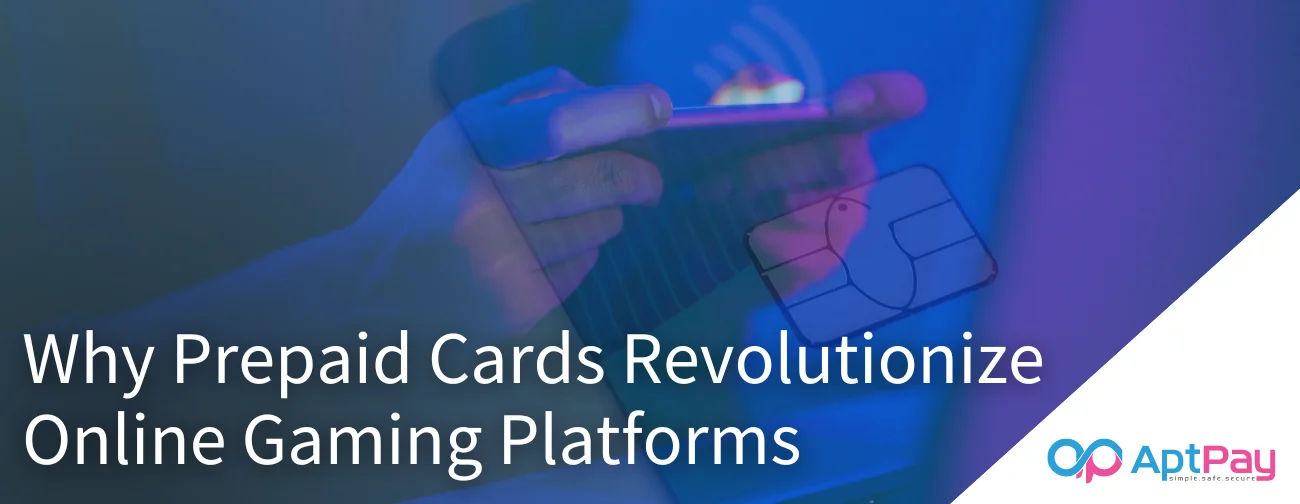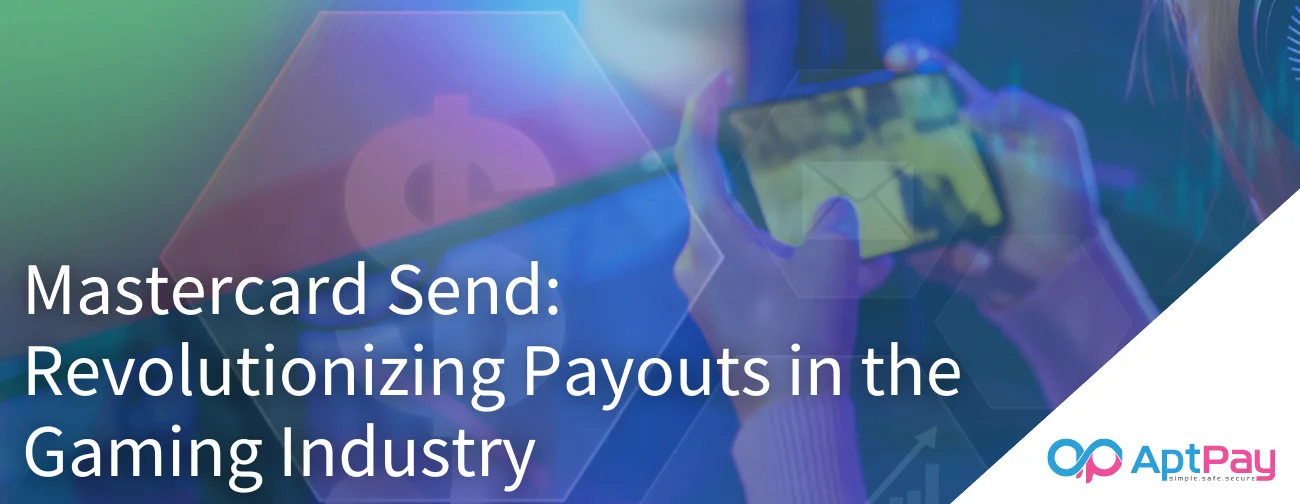As a business owner, you’re constantly looking for ways to keep your clientele satisfied and loyal.
One key aspect that often gets overlooked, however, is the flexibility of recurring payment options.
With today’s diverse consumer preferences, having a one-size-fits-all approach might not be the best strategy. Offering a range of payment methods and schedules can make a world of difference in retaining your customers. But how do you effectively implement this without compromising on security and convenience?
Let’s explore this further.
Key Takeaways
- Personalize recurring payment options to suit different customer preferences and enhance client satisfaction.
- Offer various secure payment methods like credit cards or digital wallets to provide flexibility and convenience.
- Implement robust security measures such as two-factor authentication to address customer concerns about payment security.
- Develop a pricing strategy that accommodates various financial situations, selling convenience and retaining more customers.
- Look at successful models like Netflix or Amazon Prime for inspiration, focusing on understanding customer needs and payment personalization.
Understanding Recurring Payment Options
To maximize your business’s customer retention, it is crucial to get a solid grasp on the various recurring payment options available in the market. It is not just about the ease of use for your customers, it is also about ensuring you’re keeping up with the latest payment security measures.
Understanding the recurring payment landscape is no small feat, mainly due to the inherent recurring payment challenges. Customers may have concerns about security, ease of use, and the ability to manage their payments. For instance, they might worry about their credit card information falling into the wrong hands or the difficulties of adjusting payment schedules.
To tackle these challenges, you’ve got to invest in robust payment security measures. Implementing things like two-factor authentication, data encryption, and PCI compliance can drastically reduce the risk of data breaches. Offering varied payment options like credit cards, digital wallets, and direct bank transfers can also alleviate customer concerns about flexibility and control of their payments.
The Role of Flexibility in Payments
Exploring the world of recurring payments, you’ll soon realize the immense role flexibility plays in enhancing customer satisfaction and retention. Payment adaptability isn’t just a buzzword; it’s a crucial element in customer relationship management. It’s about giving your customers the power to choose how, when, and where they make their payments.
However, providing such flexibility isn’t without its challenges. To begin with, you must understand and cater to an array of customer preferences, which may span from traditional bank transfers to modern digital wallets. Additionally, you’ll need to ensure seamless integration with multiple payment platforms without compromising security or user experience.
Striking a balance is essential. Too much rigidity can drive customers away, while too much flexibility can overwhelm your system and complicate the payment process. So, you need to offer diverse payment options while keeping the process intuitive and straightforward.
At the heart of it all, flexibility in payments is about respecting your customer’s autonomy and their unique financial circumstances. The ability to adapt your payment structure and overcome flexibility challenges can greatly enhance your customer’s experience, engendering trust and loyalty. Investing in payment flexibility isn’t just beneficial—it’s crucial to your business’s longevity and growth.
Benefits of Flexible Recurring Payments
Building on the concept of payment flexibility, let’s examine how incorporating flexible recurring payments can bring substantial benefits to your business. Payment adaptability is a key factor in customer retention, and flexible payments offer just that.
Here’s a quick look at some of the benefits:
| Benefit | Description | Impact |
|---|---|---|
| Customer Satisfaction | Enables customers to choose when they pay, increasing satisfaction | Improves customer loyalty, leading to a higher customer lifetime value |
| Customized Billing | Allows for tailored billing cycles matching customer’s pay periods | Reduces late payments, improving cash flow |
| Reduced Churn | Customers are less likely to cancel a service that fits their budget | Increases customer retention and reduces acquisition costs |
| Predictable Revenue | Regular, recurring payments ensure steady income | Facilitates better financial forecasting |
| Enhanced Cash Flow | Regular income helps maintain a healthy cash flow | Provides financial stability |
Implementing Flexible Payment Strategies
So, how do you effectively implement flexible payment strategies in your business?
First, consider payment personalization. Understanding your customers’ needs is vital to this. Track their payment habits and preferences, then tailor payment options to match. Maybe they prefer monthly over weekly payments, direct debit over credit cards. Personalization makes them feel valued, and that’s key to customer retention.
Next is strategic pricing. It’s not just about setting competitive prices, it’s also about offering various payment plans that suit different customer segments. For example, a monthly subscription might appeal to some, while others prefer a one-time annual payment with a discount. Providing these options shows you value your customers and are willing to accommodate their financial situations.
Remember, the goal is flexibility. The more flexible your payment strategies are, the more likely customers are to stay with you. You’re not just selling a product or service, you’re also selling convenience. And in today’s fast-paced world, convenience is king.
Implementing flexible payment strategies might require some effort, but it’s worth it. When your customers feel respected and accommodated, they’re more likely to stick around. That’s good for business, and it’s good for your bottom line.
Successful Flexible Payment Models
Let’s explore three compelling examples of businesses that have successfully implemented flexible payment models, driving customer retention and boosting their bottom lines.
First, Netflix, a streaming giant, adopted payment personalization, offering multiple subscription plans with varying benefits. This strategy allowed customers to choose a plan that best suited their needs and budget, greatly enhancing customer satisfaction and retention.
Second, Uber, the ride-hailing pioneer, capitalized on innovation adoption by introducing flexible payment options. Customers can pay using cash, credit or debit cards, and even digital wallets. This flexibility has ensured a smoother and more convenient transaction process for customers, leading to higher customer retention rates.
Finally, look at Amazon Prime. This e-commerce juggernaut provides flexible recurring payments for its subscription service. Customers can choose to pay monthly or annually, catering to their financial capabilities and preferences. This flexibility has unquestionably contributed to Amazon Prime’s high customer retention rates.
In all these cases, the key to success was understanding the customers’ needs and providing flexible payment options accordingly. They prove that payment personalization and innovation adoption can greatly enhance customer retention and, ultimately, boost a business’s bottom line.
Boosting Customer Retention
After examining these success stories, you may wonder how to apply these strategies to your business to increase customer retention. The secret lies within two concepts: retention metrics and loyalty programs.
Start by looking at your retention metrics. These provide a clear picture of how many customers you’re keeping and how long they’re staying. Insights from these metrics can guide your strategies. If you’re losing customers after their first purchase, you might need to rethink your post-purchase engagement. Maybe you’re not communicating enough, or perhaps your messaging doesn’t resonate.
Now, let’s talk about loyalty programs. They’re an excellent tool to incentivize repeat purchases and foster a sense of belonging. When customers feel rewarded for their loyalty, they’re more likely to stick around. But remember, a loyalty program isn’t just about discounts. It’s about creating unique experiences that your customers can’t find anywhere else.
If you are looking for a recurring payment provider to support these efforts, contact AptPay.





